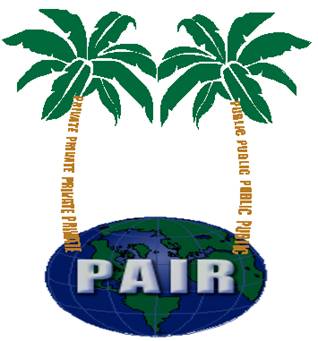The use of trademarks as a mark of origin is very ancient, though their purpose has changed significantly over the last century. Even in ancient cultures it was common for makers of such artefacts as brick, leather, books, weapons, etc., to affix a trademark as a mark of origin to their goods. Such marks were normally letters or symbols stamped on the goods to signify the maker of the product. Their purpose was predominantly to create a relationship between the goods and their maker. This particular aspect is one feature that is still valid in modern trademark law. The English term "brand" is synonymous with the term "trademark", and is a reflection of this early usage of marks ("brand" being the familiar practice by farmers of marking cattle with hot irons).
Marks gained importance in the growing production of goods for export. Long before the industrial age metal goods made in England (weapons, cutlery, etc.) carried traditional signs of their English maker. The guilds, mainstays of economies in earlier centuries, often required their members - as master craftsmen - to affix marks to their products as a means of controlling their production.
However, during the last century trademarks began to assume a significant additional role. Mass production, a more complicated system of distribution of goods from the producer to the buyer, the growing trade in goods, all generated the need for a universally applicable identification of goods, i.e. the goods had to be given a name that was identifiable with the particular maker, rather than a name that simply stated what the goods were.



















 Posted in:
Posted in: 





















